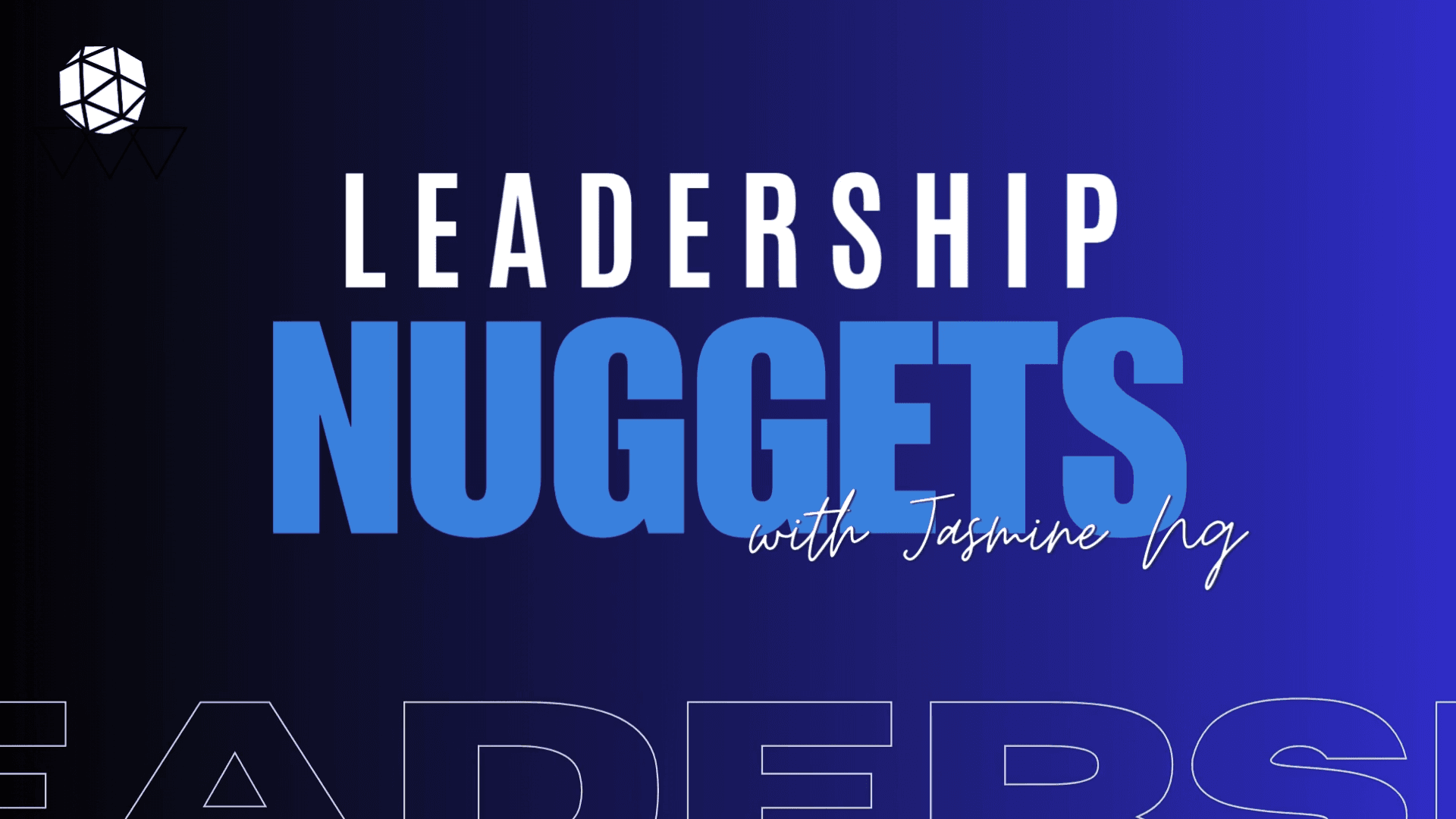Raising The Bar On Creativity

Yes, everyone can be creative. In fact, being creative is necessary, no matter what field you are in.
Ever since the business world has become a red sea saturated with brands, products and media messages, yesteryear’s run-of-the-mill method of just “working hard” no longer holds water.
Furthermore, the typical idea of creativity has enlarged from the traditional concept of merely being associated to arts. Today, creativity has been unleashed from its humanities confines and has become part and parcel of all industries.
Increasingly, employees are encouraged to be more creative in their job functions – whether a sales manager or an app developer, we are expected to find new and novel ways to engage clients or users.
Even leaders are not spared from the need to be more creative. In a recent article, creativity and innovation expert Linda Naiman, founder of www.creativityatwork.com, an international consortium of professional educators, practitioners of arts-based learning, coaches, culture-change agents, ethnographers, and innovation experts, writes that “being a leader in the 21st century requires creativity, artistry, empathy and the ability to cope with complexity. Relying solely on logic, analysis and problem-solving skills is insufficient if the goal is to compete globally based on value rather than price.”
Creativity Defined
But then, what is creativity if it is not just for the humanities and the arts? In his bookHuman Motivation (3rd ed.), author and Emeritus professor in human motivation Robert E. Franken defines it as “the tendency to generate or recognise ideas, alternatives, or possibilities that may be useful in solving problems, communicating with others, and entertaining ourselves and others.”
With that in mind, the application of creativity certainly extends its boundaries beyond just the arts or humanities. It becomes an integral way we humans view ourselves.
Everyday we are constantly finding ways to solve problems, be it trying to park in an impossible spot or when brainstorming a high-level marketing plan for your CEO.
But according to Adobe’s 2012 State of Create study, only one in four people believe he is living up to his creative potential. Seventy-five per cent of respondents said they are under growing pressure to be productive rather than creative, despite the fact that they are increasingly expected to think creatively on the job.
Only 39% of global respondents describe themselves as creative, according to Naiman. That comes across as pretty discouraging. No wonder designer and innovator Ted Kelley reveals in the TED2012 Talks that most executives become anxious or start tuning out whenever they are faced with tasks that are unconventional. They leave the room, or start playing with their smartphones and when confronted later, they confess that they are not “the creative type”.
According to Kelly, most of these deep-seated anxieties stem from the fear of judgement. Perhaps as nursery playmates, they tried to construct something only to be laughed at or frowned upon by their peers or an authority figure.
Circumstances like those cause one to internalise the situation as unpleasant and one to be avoided. They walk away believing they are not creative at all.
English author, speaker, and international adviser on education Sir Ken Robinson suggests an even more radical reason why most of us feel at a loss when it comes to creativity: it is because schools are killing creativity.
In his exposition in TED2006, he explains that the current education system was devised to cope with the needs of industrialisation.
As such, what we have in all education systems around the world is the heavy emphasis on the sciences and technology, with the humanities and arts being relegated lower down the scale.
He suggests that there should be a change where students are taught not only to engage the right side of their brains, but to also fire up the left side. And it is only with both the sides of the brain running in sync that we get the creativity that leads to innovation and efficiency that are both lacking today.
Cultivating Creativity
In an article called Seven Secrets of Highly Creative Cultures (CW Bulletin – International Association of Business Communicators, 2013) speaker, workshop leader and writer on creativity-related topics and presentation skills Sam Harrison identifies seven organisational cultures that promote creativity.
1 Generosity
Firstly, generosity promotes creativity. Organisations that are magnanimous tend to welcome healthy debates. It also dispenses with judgement and promotes a healthy atmosphere for ideas to flourish without hierachical barriers standing in the way.
Actor, director and producer Robert Redford says his Sundance Institute for filmmaking strives to achieve an “atmosphere of generosity” where people are generous in giving and receiving ideas.
2 controlled deviance
Unlike most organisations, those with creative cultures condone deviance. How many times have we been told to “think out of the box”? Though traditional views of a deviant are mostly negative, true innovation always involves some form of deviation.
On the other hand, organisations with creative cultures practise controlled deviance – they welcome flexibility, change, and a level of constructive chaos. They will however, stamp out anarchy. An example of this is General Electric, where CEO Jeffrey Immelt allows employees to adopt a “healthy disregard for history”. By looking towards the future and upcoming trends, he is encouraging them to unshackle themselves from legacy practices.
3 creative working space
While encouraging their people to be creative, organisations should reflect a creative look. By changing the environment to reflect the culture of the organisation, the management is reminding the employees of its management style.
4 an open ear
Leaders in creative organisations always keep an ear to the ground, because the best ideas can come welling up from the lower ranks.
Curtis Carlson, SRI International CEO in an interview for SFGate.com said: “In a world that’s moving faster and has become increasingly more competitive, the sweet spot for innovation is moving down in the organisation, not up.”
5 freedom to explore
Organisations that emphasise creativity recognise the importance of exploration.
In order to be creative, there must be some form of exposure to sights, sounds and stimulants that can trigger that “Eureka!” moment.
6 acceptance of failure

Part and parcel to every success is of course the act of failing.
While the fact that failure due to half-hearted attempts is unacceptable, creative organisations allow failures despite committed efforts, as they regard that as part of learning.
CEO of Virgin Sir Richard Branson said, “Virgin would not be the company it is today if we had not taken risks along the way; I never see a setback as a bad experience. It is just a learning curve.”
7 compelling communication
A creative organisation not only recognises good ideas, it also knows that those with creative ideas should be trained to communicate and sell their ideas effectively.
It is a myth that ideas will sell by themselves; most of the time, ideas like all things in a business environment, need to be properly packaged and presented. As marketing expert Seth Godin says: “There’s no correlation between how good your idea is and how likely your organisation will be to embrace it – it’s not about good ideas. It’s about selling those ideas and making them happen.”
Organisations that embrace creativity as part of their business plan tend to report a more profits, motivated and productive employees, and lower turnover rates. With such potential for greatness, it is about time more companies reflect on how they can become more creative.
Click here for more articles.
Leadership
This article is published by the editors of Leaderonomics.com with the consent of the guest author.





